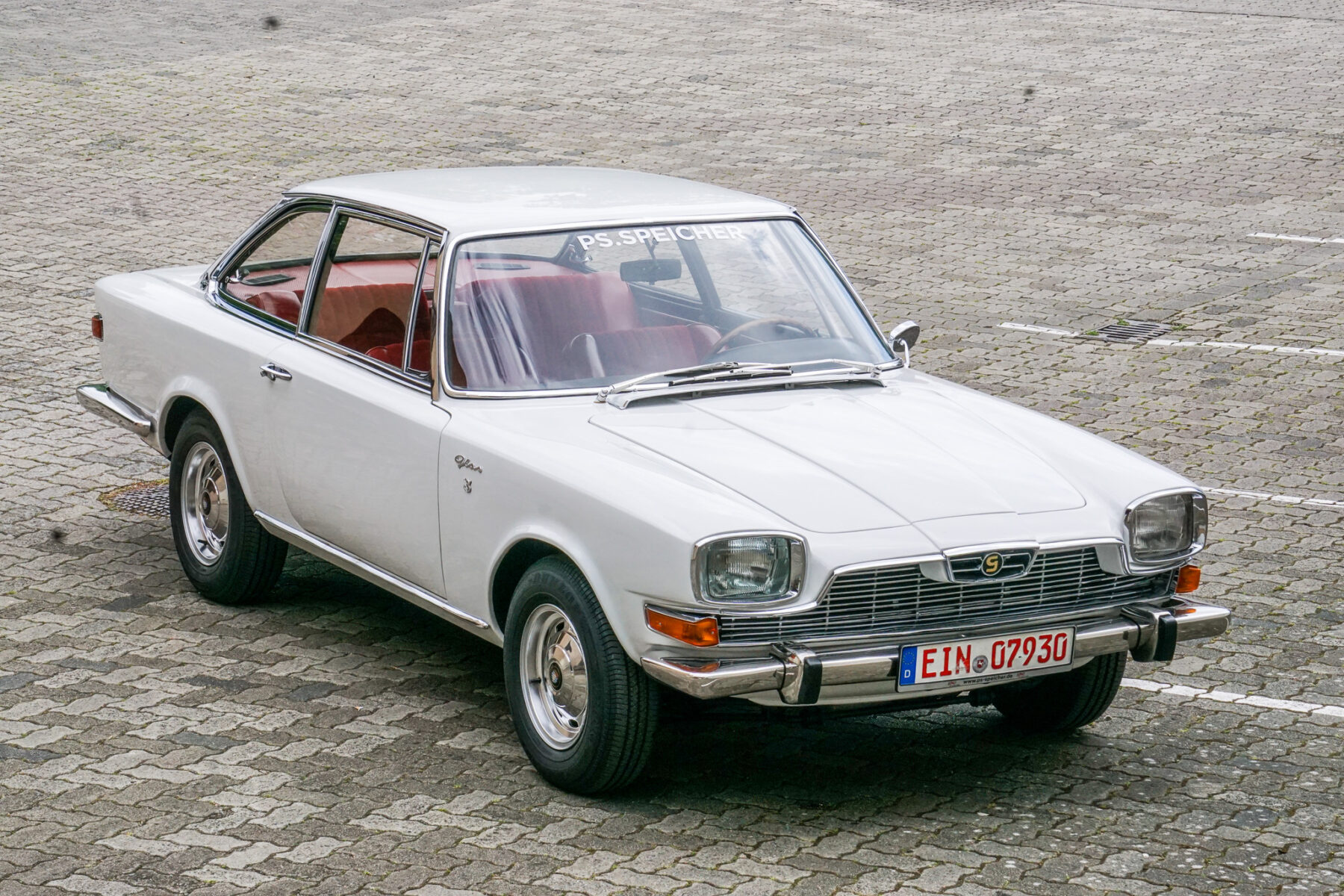
This is the mighty and beautiful Glas 2600 V8. The most Italian German car ever. And there is a lot to talk about!
Back in the 1960s there were a lot more than the usual german suspects – there were LLoyd, NSU, DKW, lots of small car manufacturers and of course Glas. In 1880, Glas began building farm machinery in Dingolfing, Bavaria. And the path from seed drills to the high-end GT market is quite remarkable. We know this from Lamborghini. Spoiler alert: In the end, things went much worse for Glas. That’s the history of the Glas company in a nutshell.
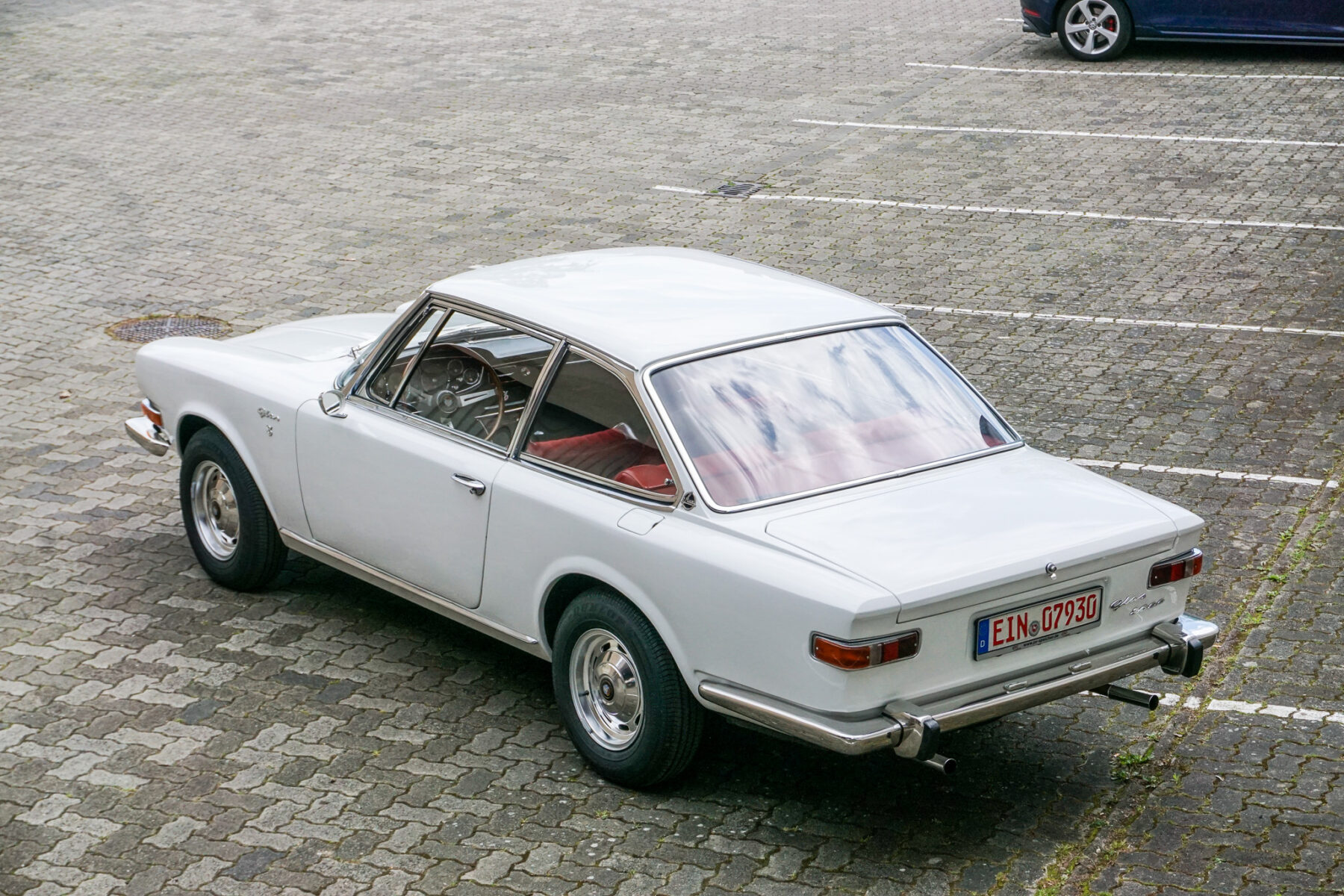
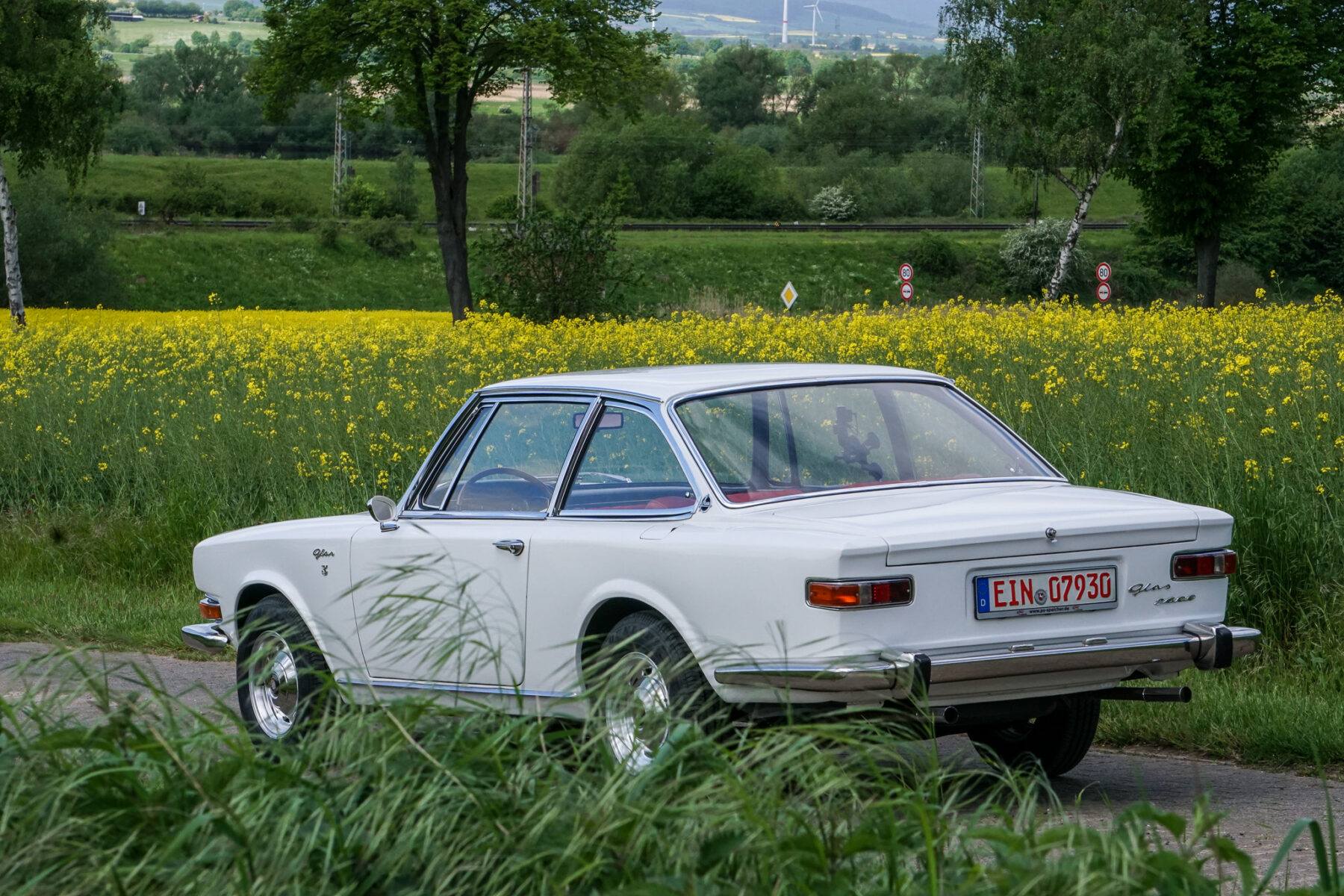
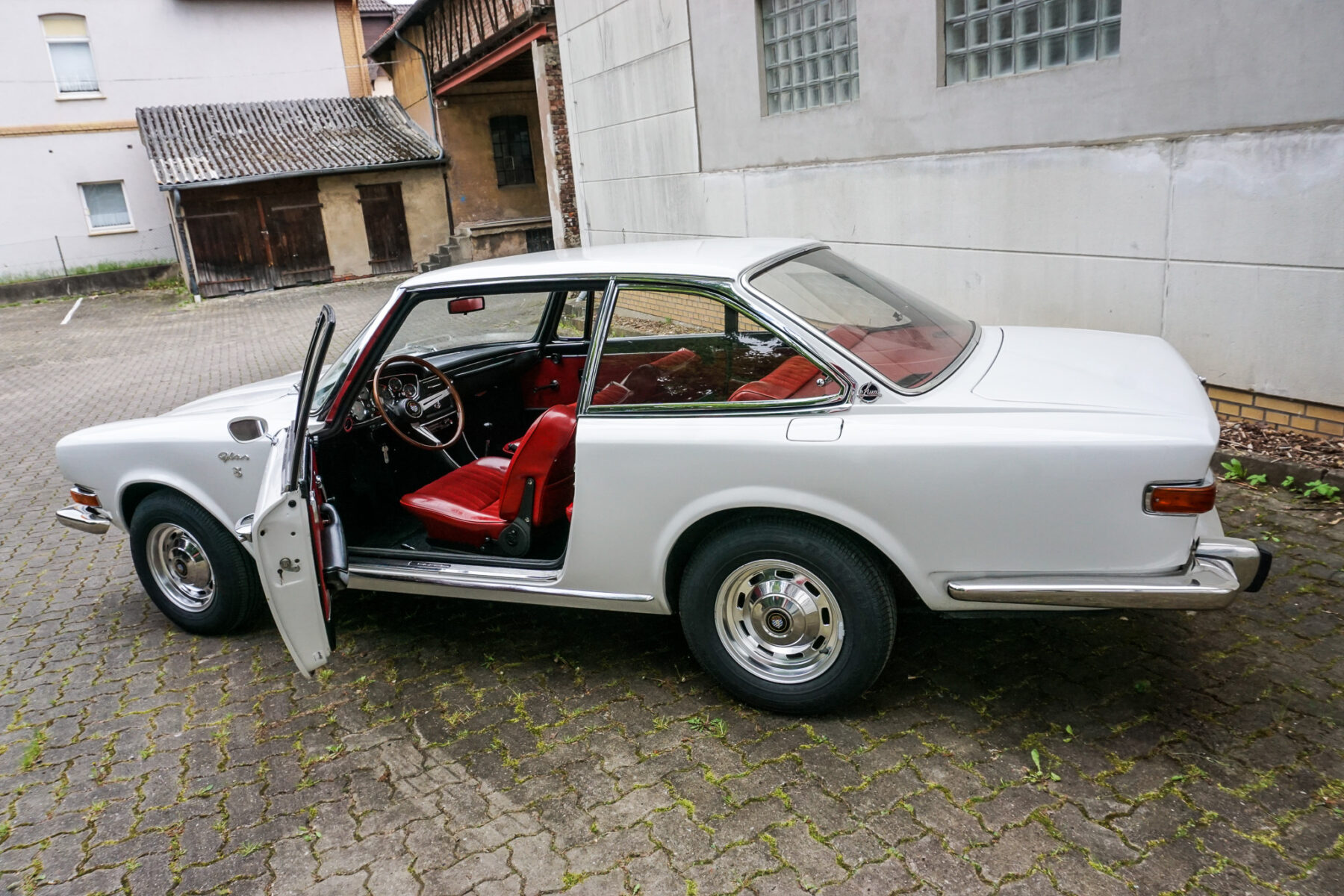
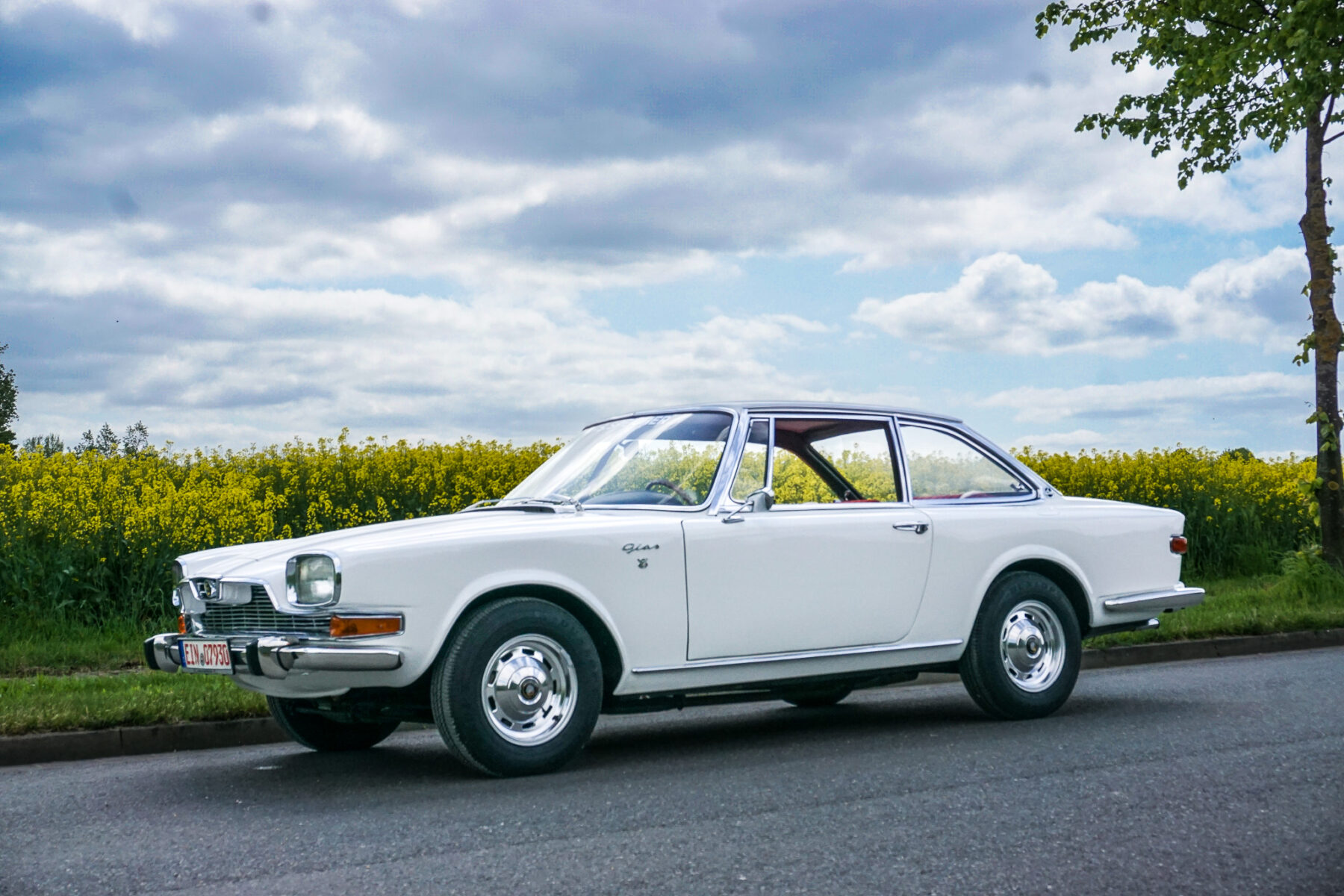
But the success was initially due to the #Goggomobil, which was sold between 1955 and 1969; over 280,000 units. Inspired by the success of the Goggomobil, new models followed every two years from 1959 onwards – it went up to the middle class (E-segment) to sportscars and finally a real GT. At the beginning of the 1960s, Pietro Frua came into the picture – so let’s take a look at the Glas V8 from the outside. Not much bigger than a Golf or an Astra. It’s unmistakingly a classic GT, and by the way, Frua had drawings for a stunning fastback coupé, well, in typical Frua fashion, if you will. And then there’s the wheelbase, which is somehow too short – the long overhang at the rear, which is somehow too big. That’s because the floor assembly of the Glas 1700, also by Frua, was used for the V8. The car was not unjustly nicknamed the “Glaserati”, because it certainly reminds one somewhat of the Quattroporte I from Frua. The large rectangular headlights that Frua liked to use certainly contributed to this.
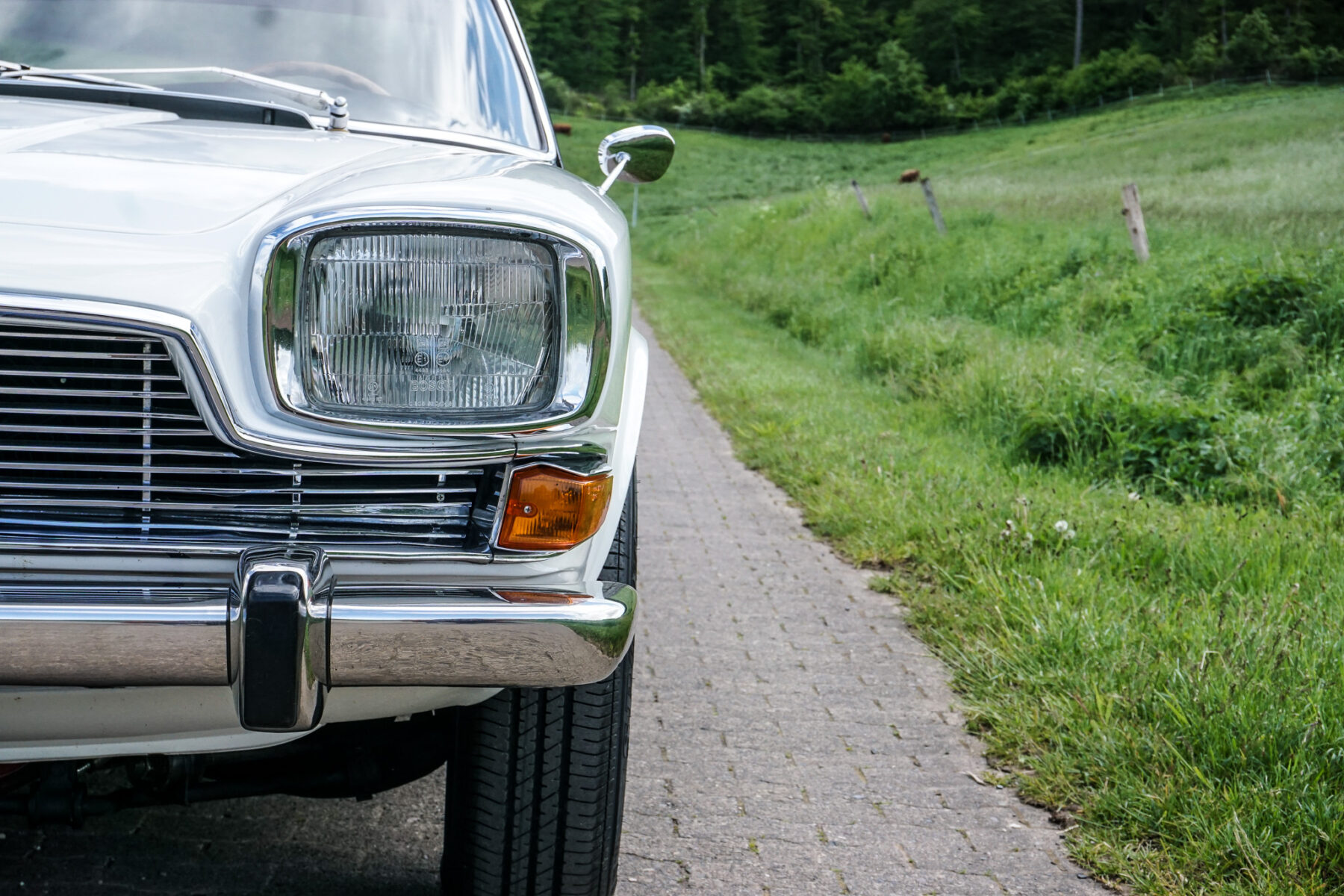
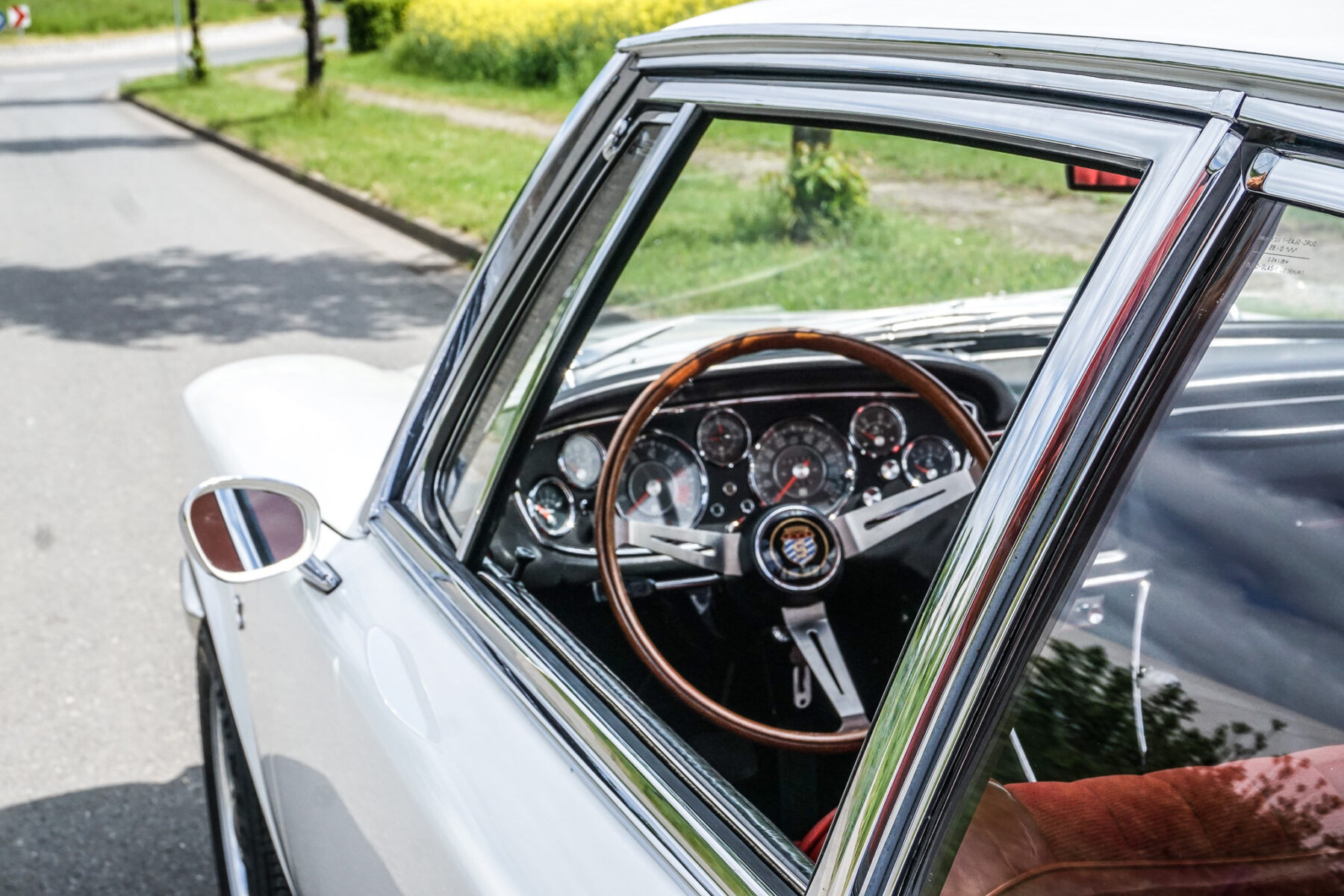
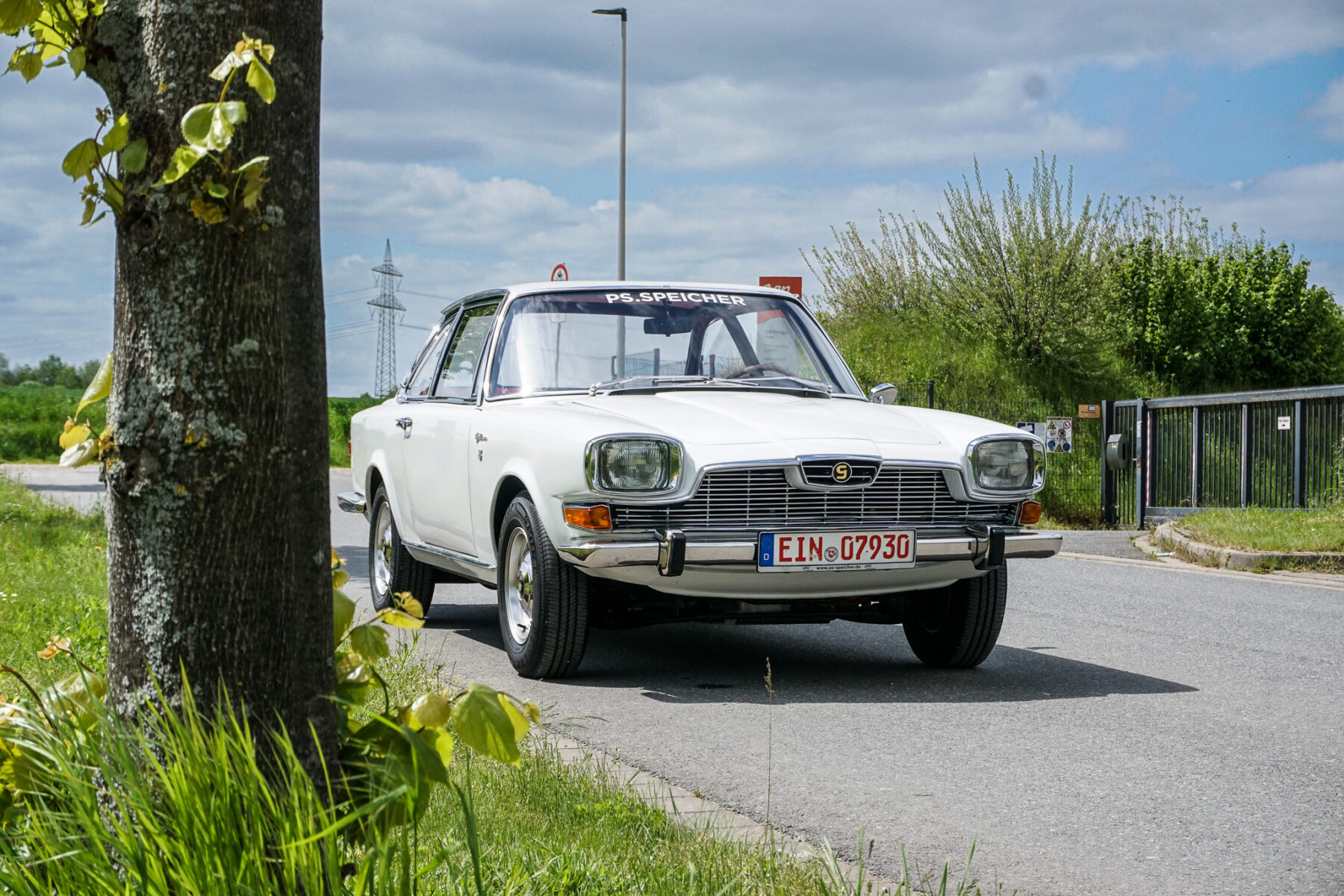
Let’s move on to my area of expertise. The engine – and here, too, Glas reverted to what was there. The 2580cc, with a new iron block, alloy head V8 was nothing more than a pair of Glas 1300GT engines on a common crankshaft. In fact, they were thinking of a 6-cylinder engine, but word got around at Glas that BMW wanted to axe 3200 V8 Bertone Coupe. And of course, a V8 creates a completely different sensation. The goal: the magic 200 km/h – but only with 3 Solex downdraft double carburettors was this almost achieved. Glas was already working on a 3 litre version, but this could only be realised after the takeover by #BMW. I don’t know how you like it, but these cars have a certain fascination for me. This also applies to the smaller Glas Coupés. It drives well, but not necessarily in a refined way – almost everything is possible in fourth gear. It’s not a tire smoker. But it’s great fun to drive, although it does have a strong V8 roar. And inside it’s all you want from a GT. It feels fantastic – and I have a soft spot for red interiors.
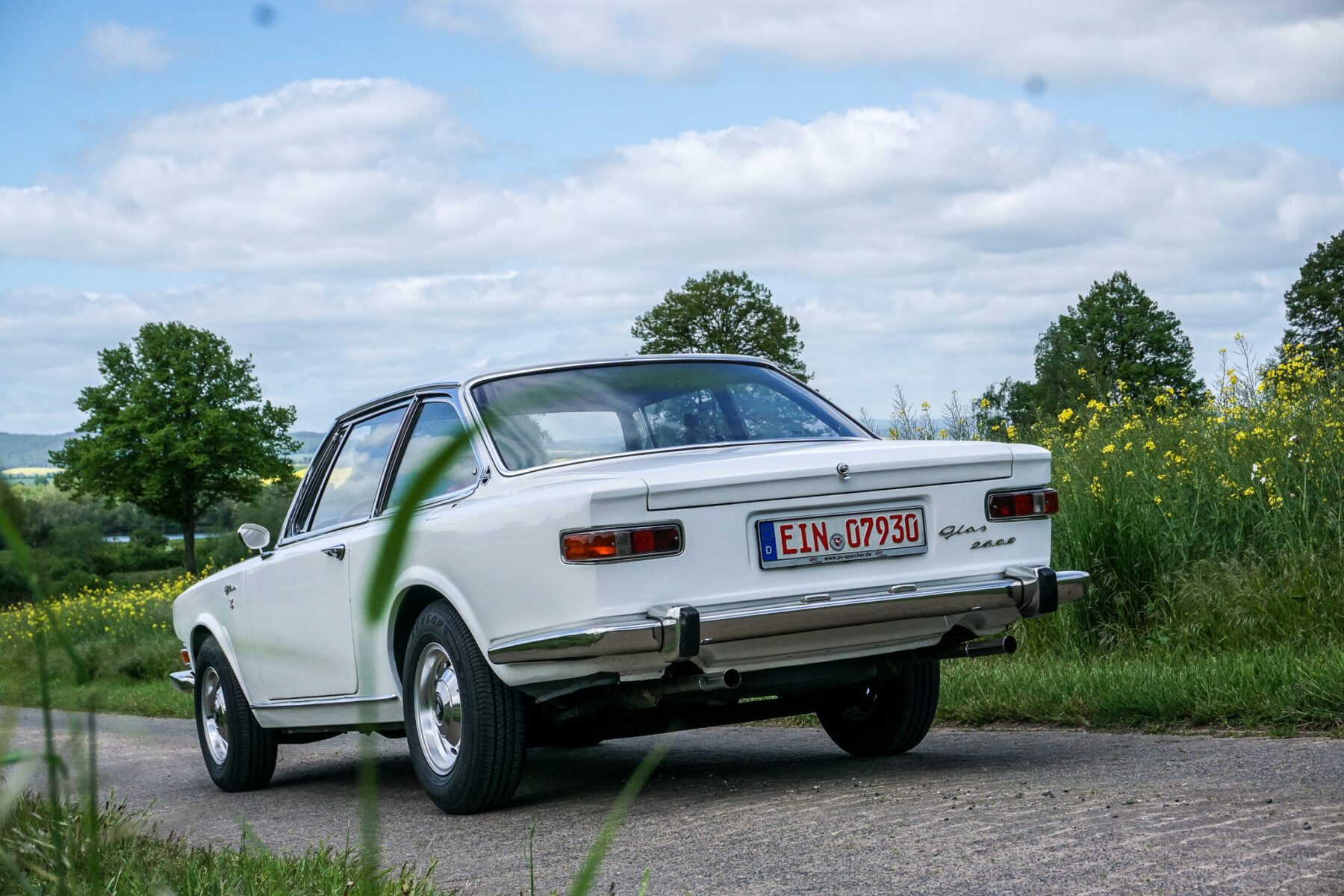
But because of a shortage of money, Glas how did it went for Glas? They failed to make a permanent start in the production of larger cars. The Glas works were taken over by BMW in November 1966 for 9.1 million Deutschmarks, and the last Goggo was built on 25 June 1969. The Glas V8 finally got a 3.0 V8, a larger version oft he 2.6 – and BMW badge, but not the famous kidney grille. Production ended already in 1968 – only 657 have been built, 264 with the 2.6, and 393 with 3.0. After that the Dingolfing plant was modernized and became the production line for BMWs new 5 series.
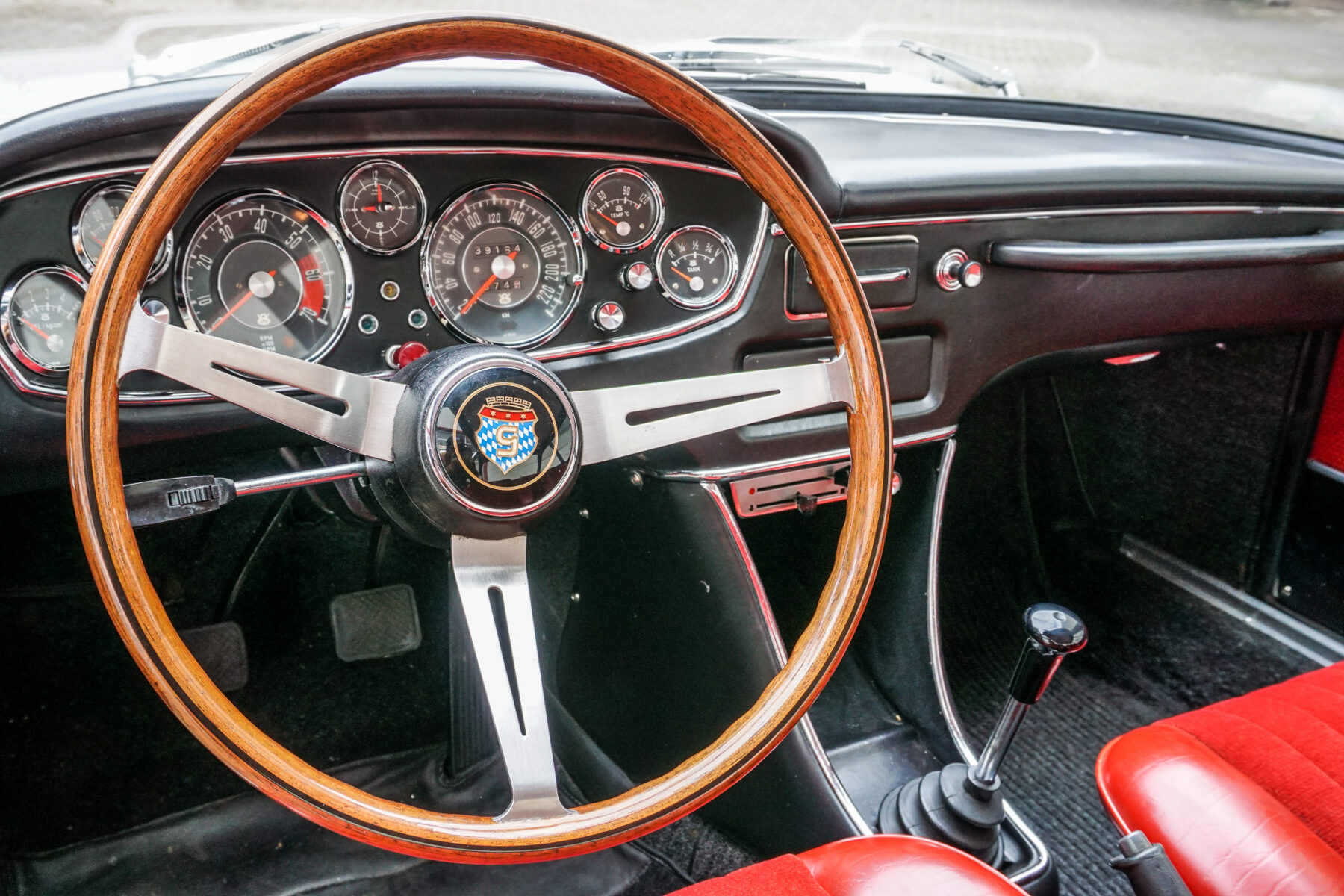
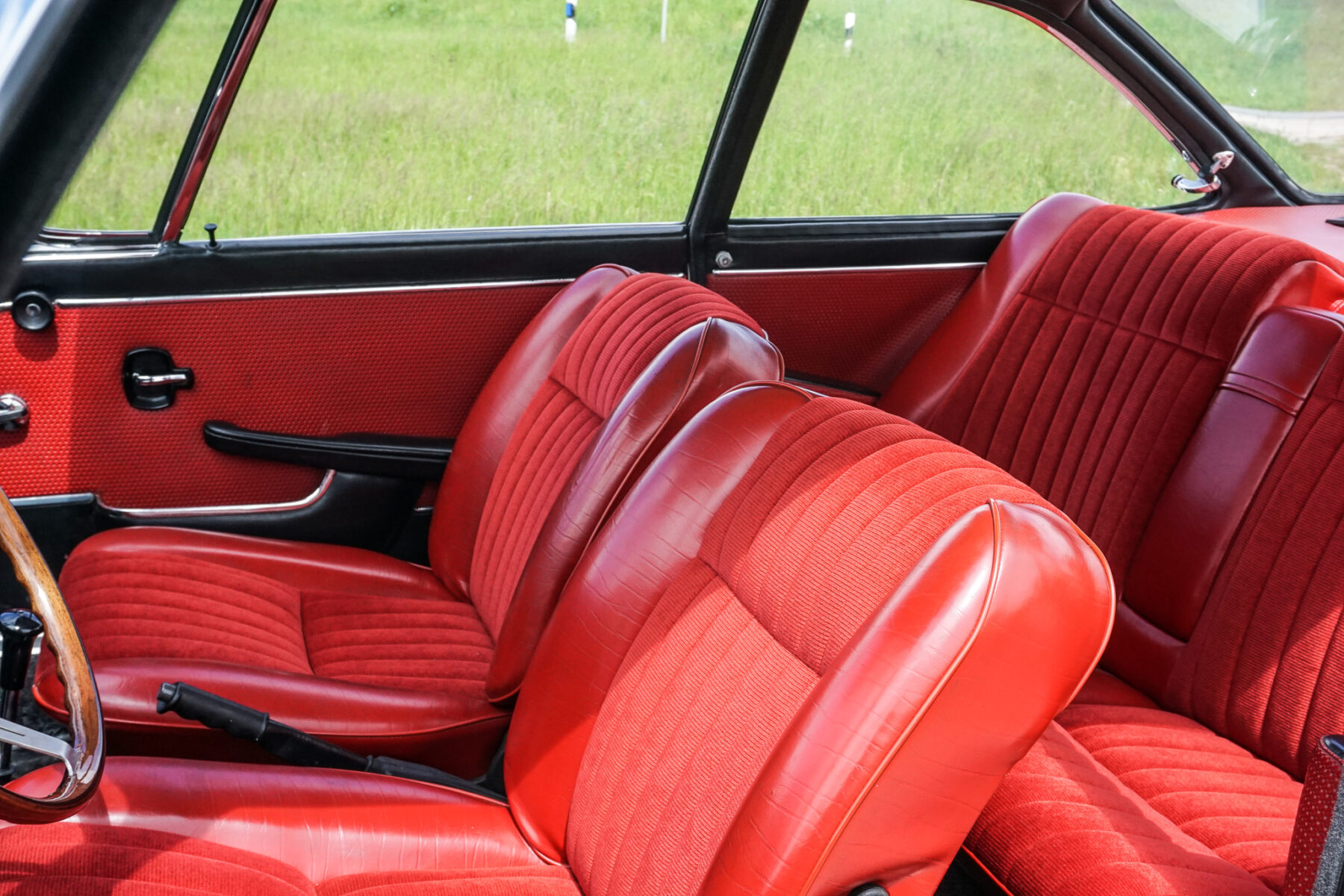
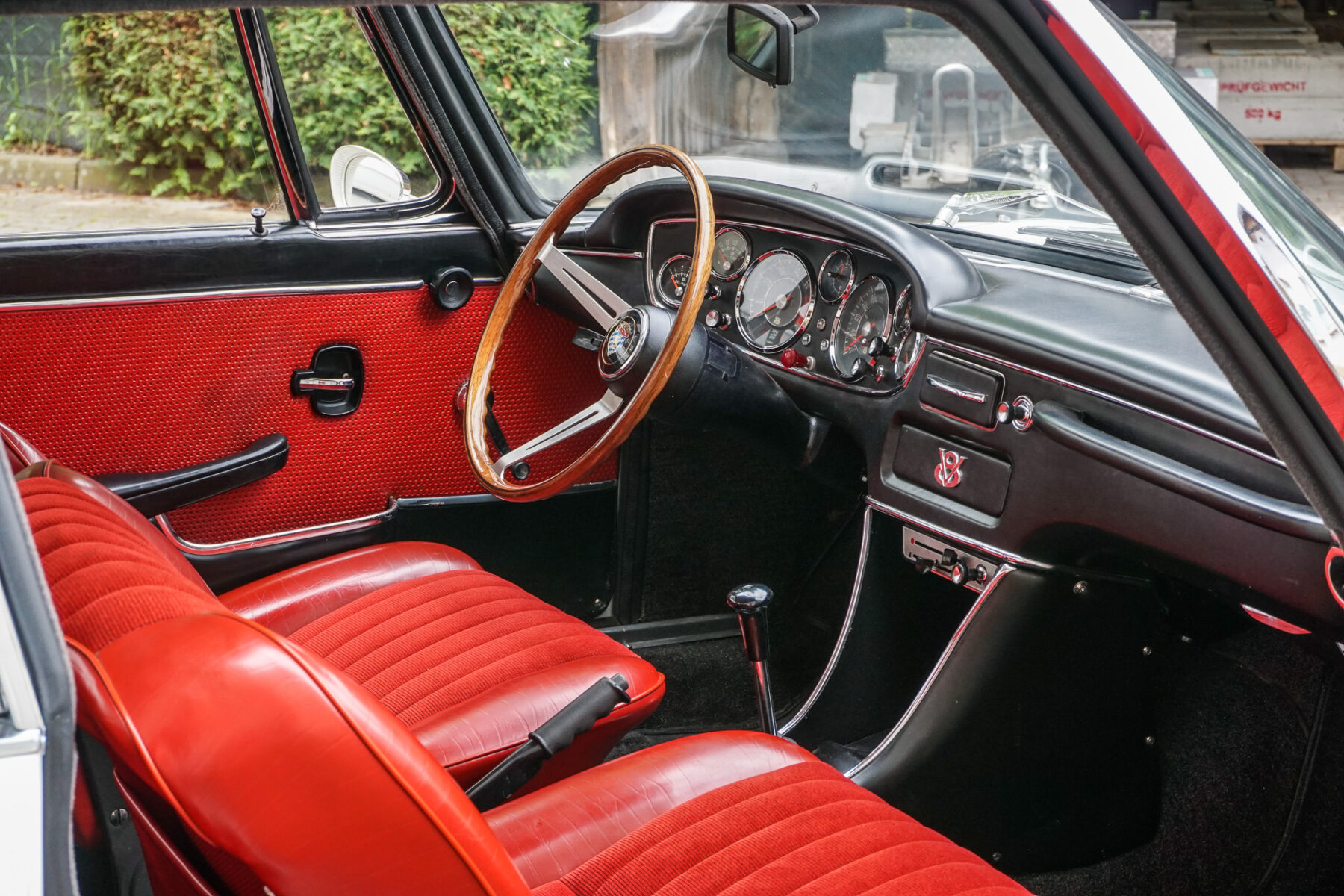
Was there a “Linea Frua”? That’s debatable, but apart from the angular headlights, there are other typical Frua details. The one vertical rectangular rear frame (which is framed at the edges by a stiffening, finger-wide bead (ital. coda tronca angolata). And this tiny Hofmeister-kink, which is also found on Frua in many designs. This is debatable, as this design feature can be found early on in Michelotti’s designs. Whoever it was, at the C-pillar the „Creazione Pietro Frua“ badge.
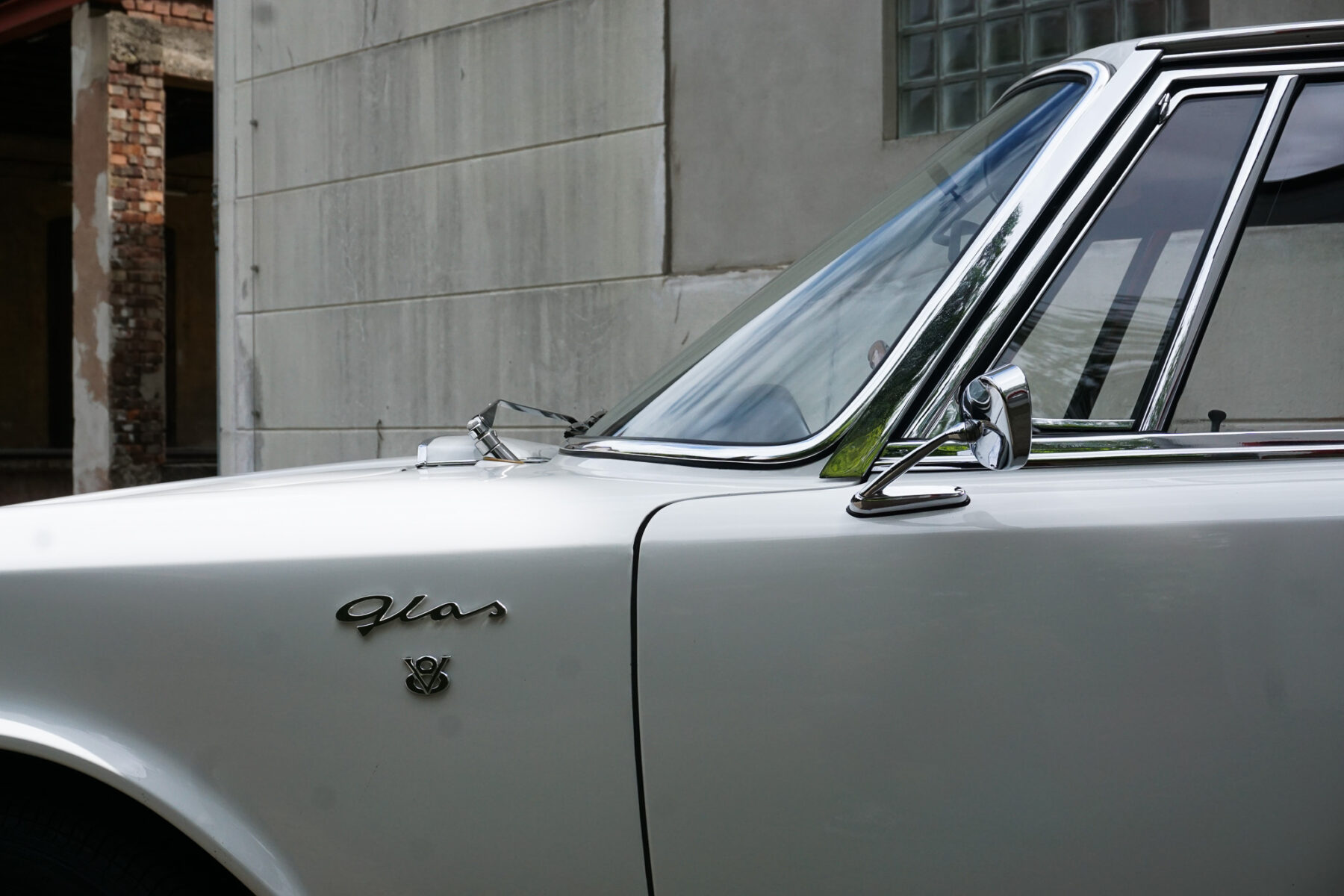
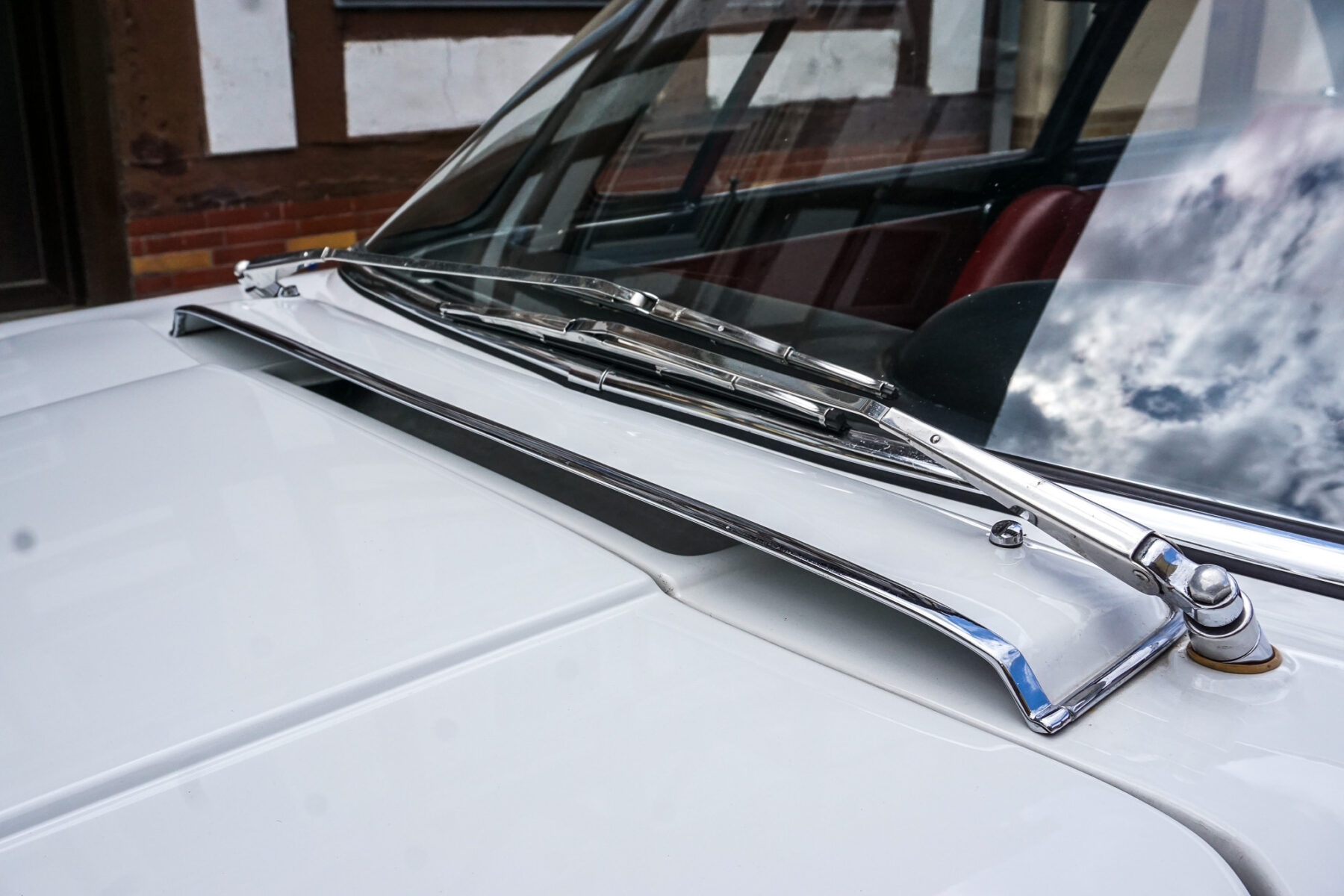
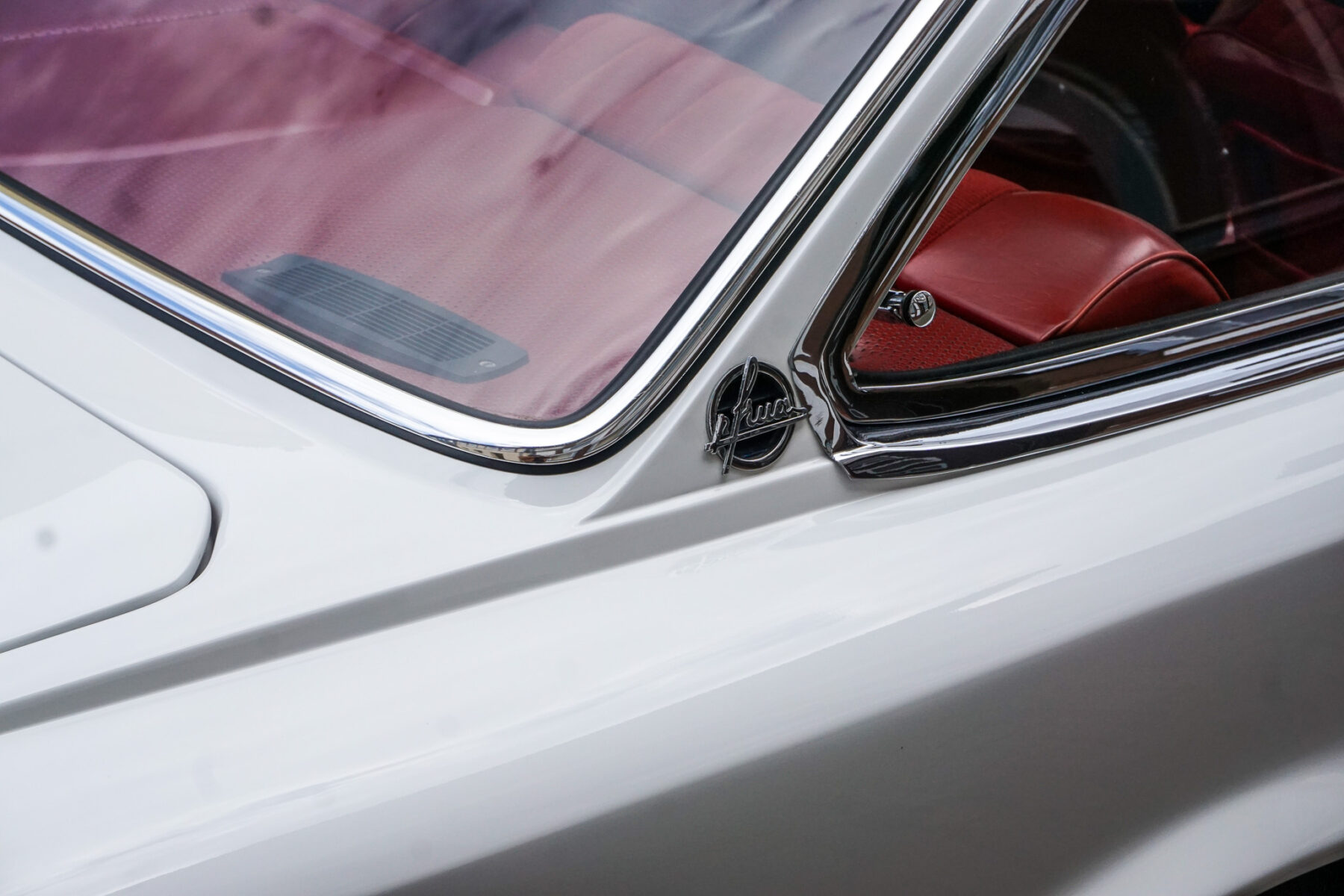
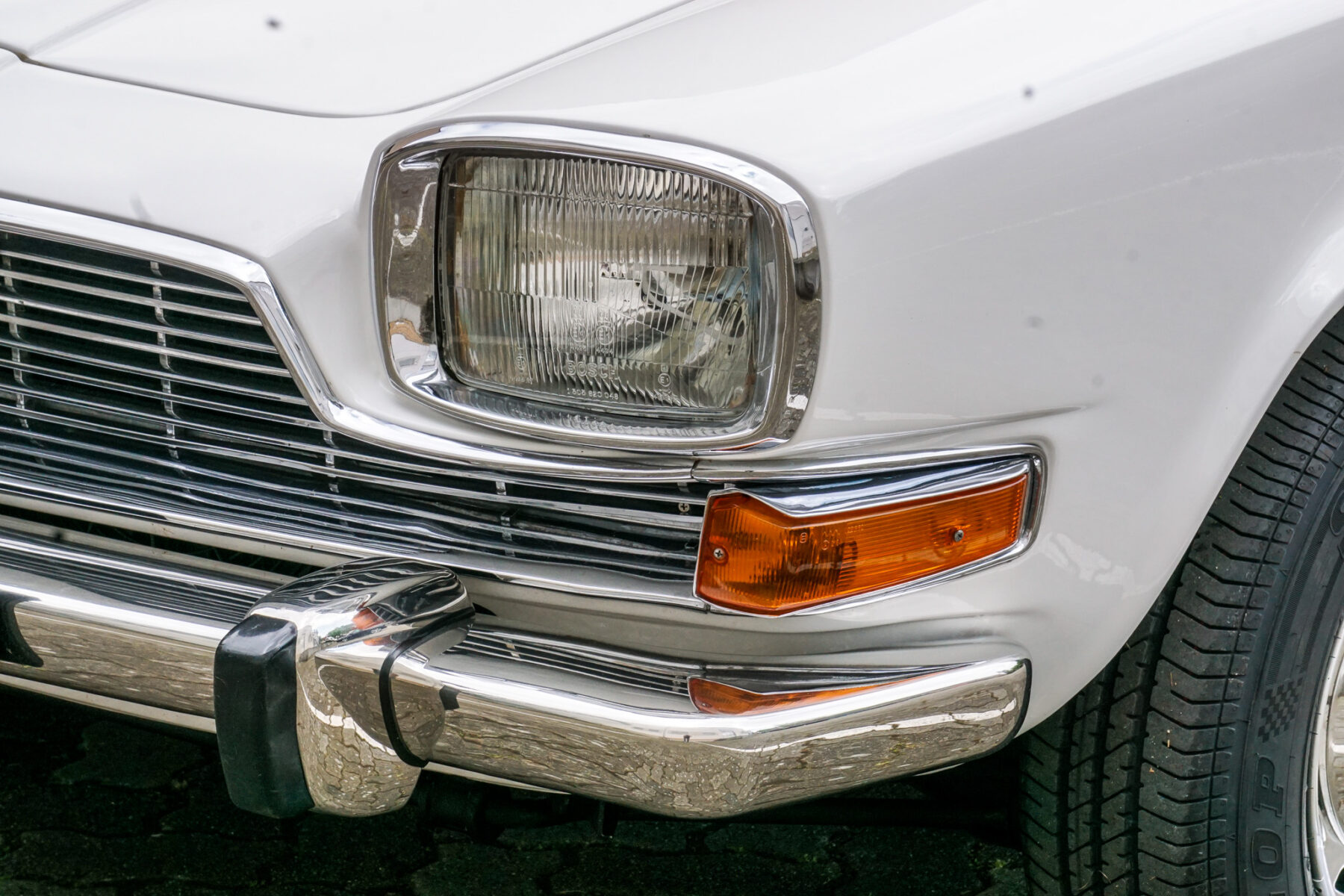
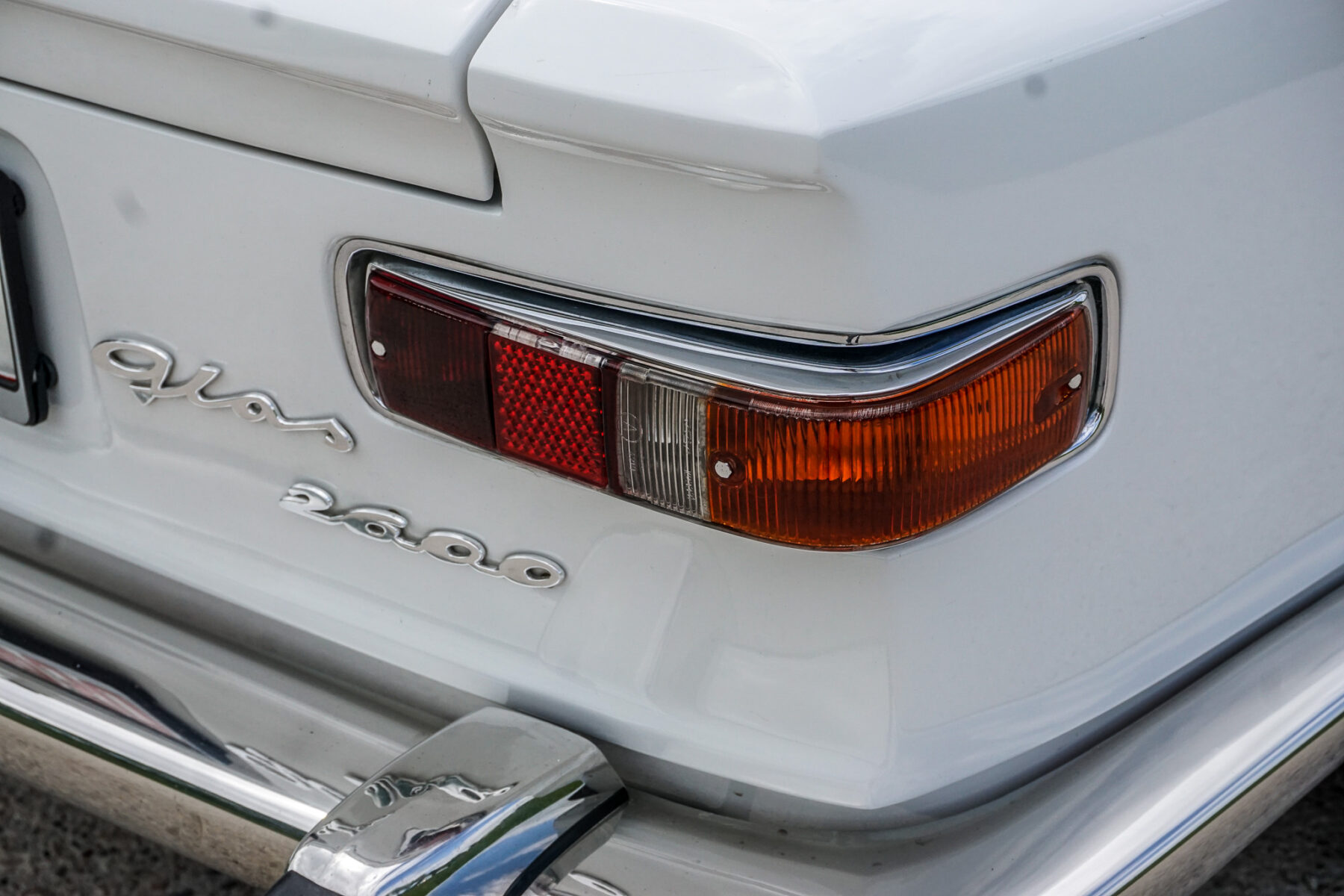
It is also remarkable how many parts came from other cars. I already mentioned these large and beautiful headlights – they actually come from a #Mercedes O302 coach. Turn signals, tail lights, door handles (exterior and interior), window cranks (Happich company; also: Glas GT), quarterlight turn handles, heating from the Glas 1700. Even the Mercedes Pagoda was a donor – the window lifters, multifunction steering column levers (turn signals, high beam, headlight flasher, multi-stage windscreen wipers, windscreen washer system). The door locks are said to be from the original Porsche 911 model.
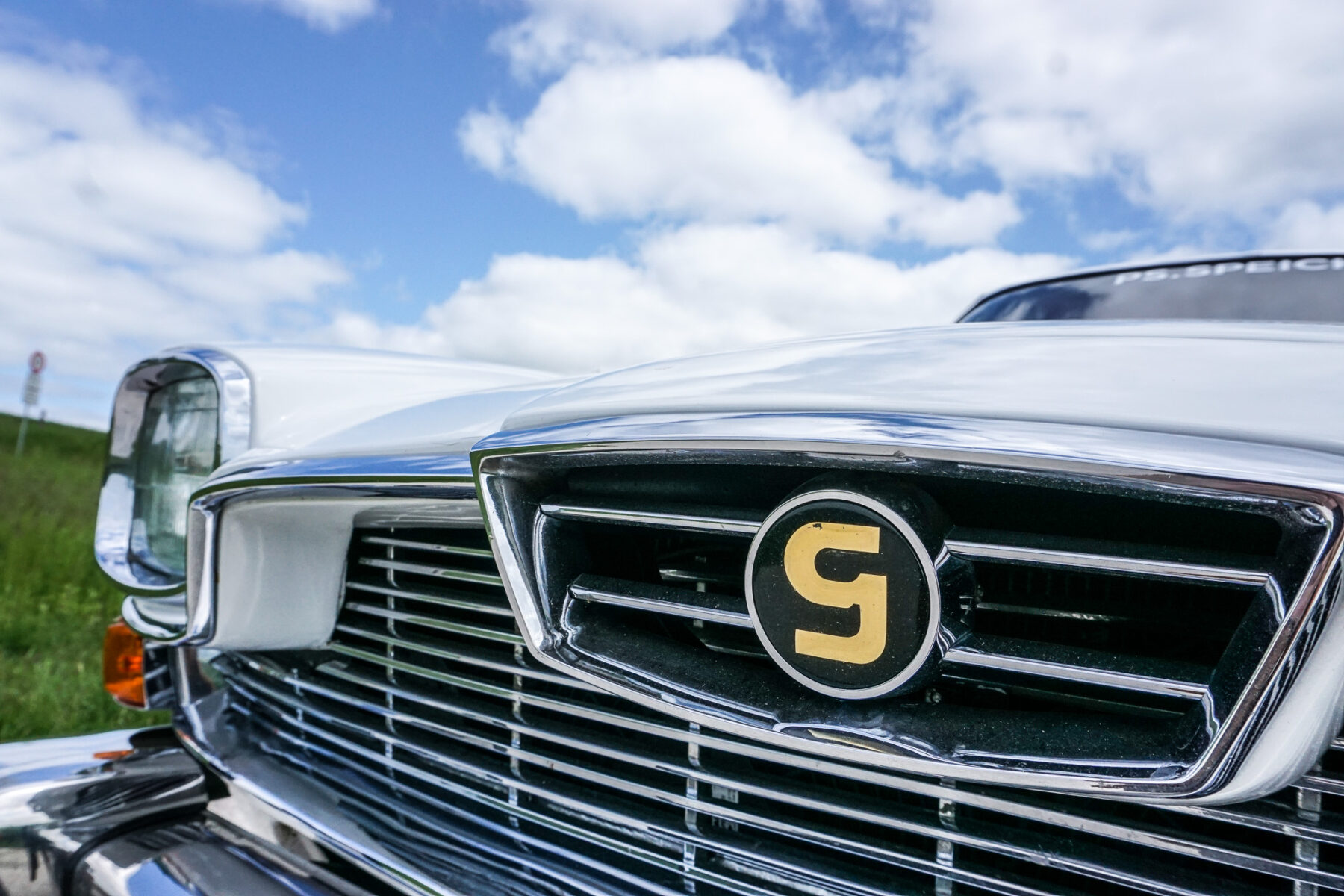
The production process was, lets say difficult – and far from cost effective. It’s a largely hand made steel body. But hand made in Turin, Italy, than taken over the alps by road back to Dingolfing. It already burnt all possible profit on the road between Italy and Germany.
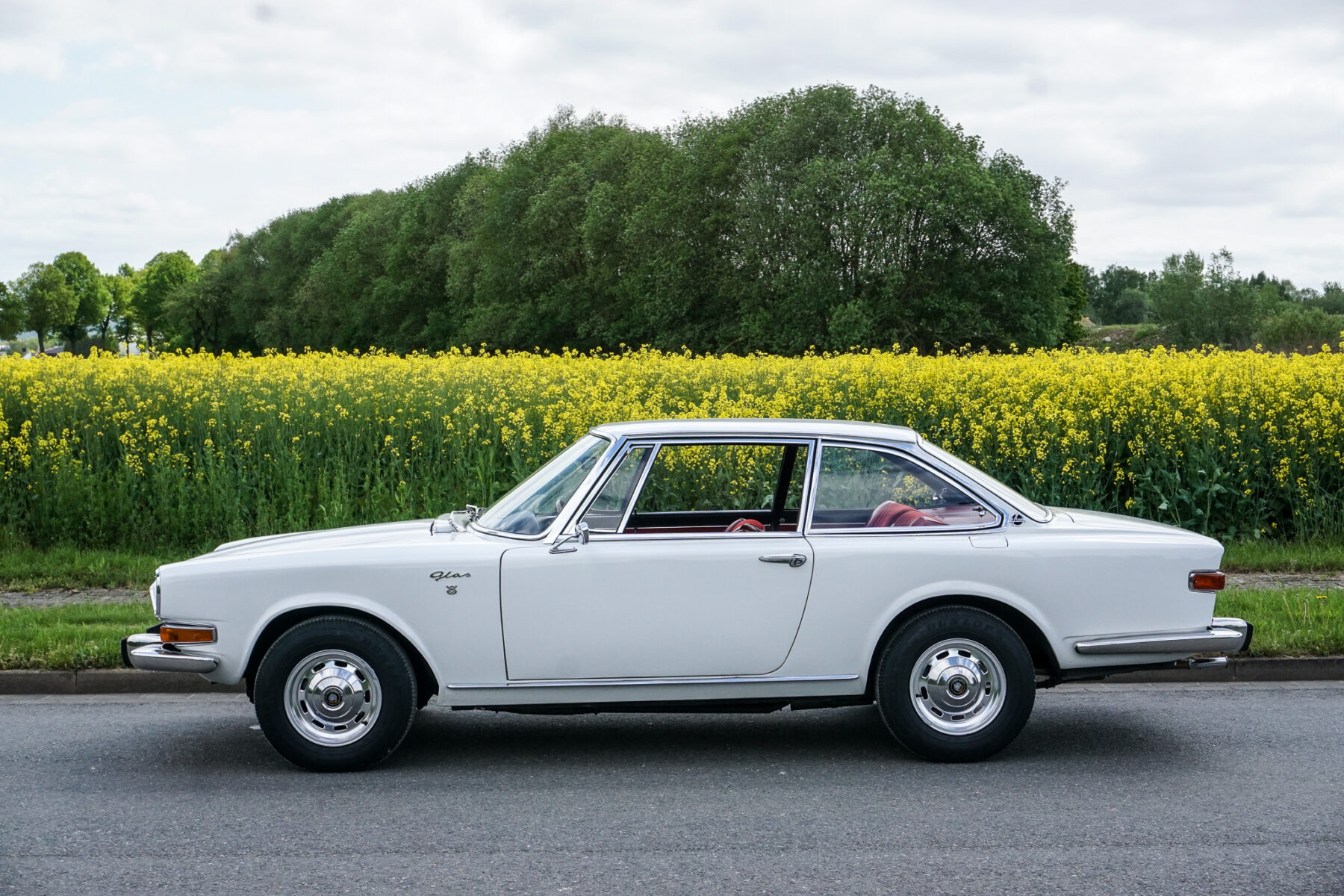
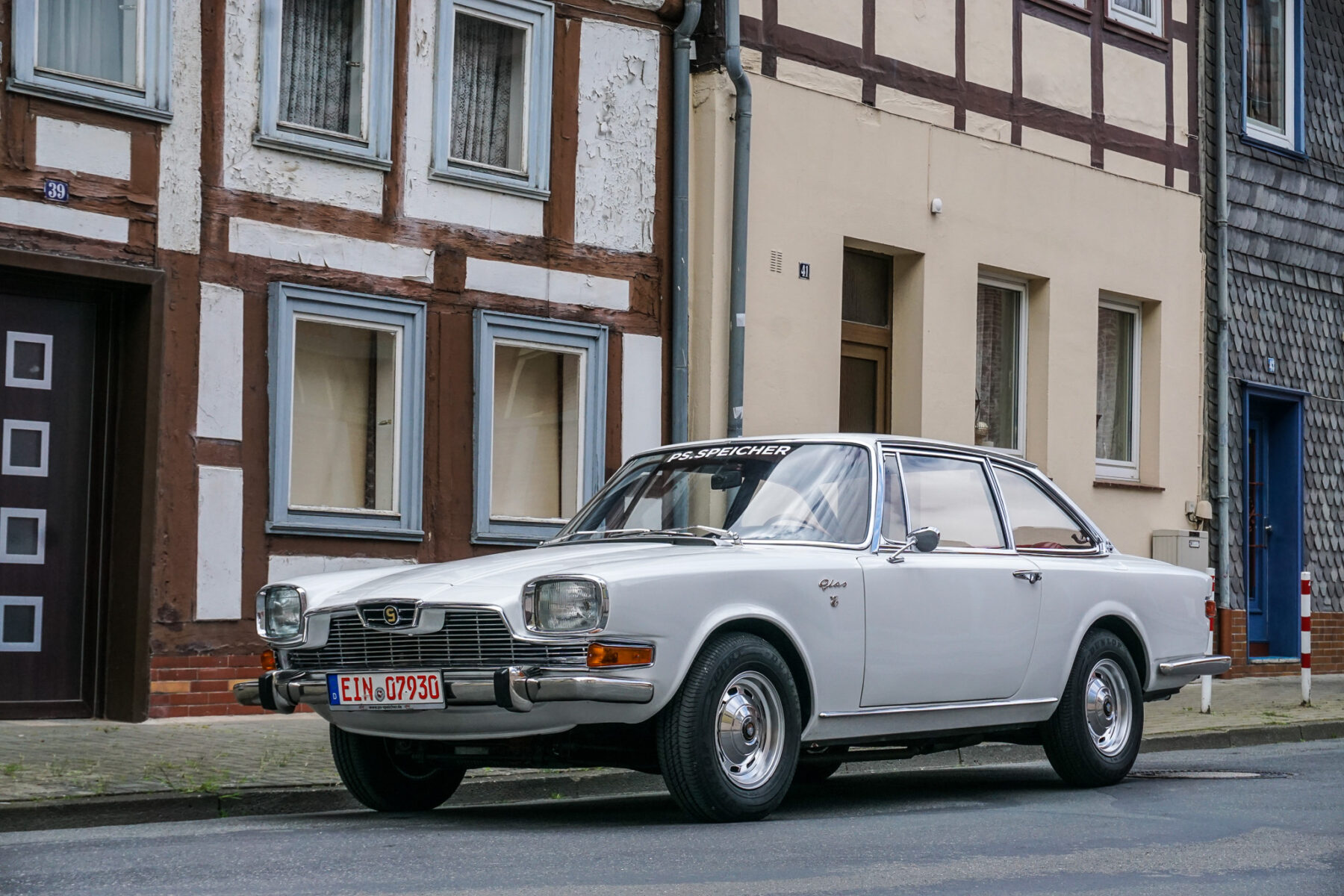
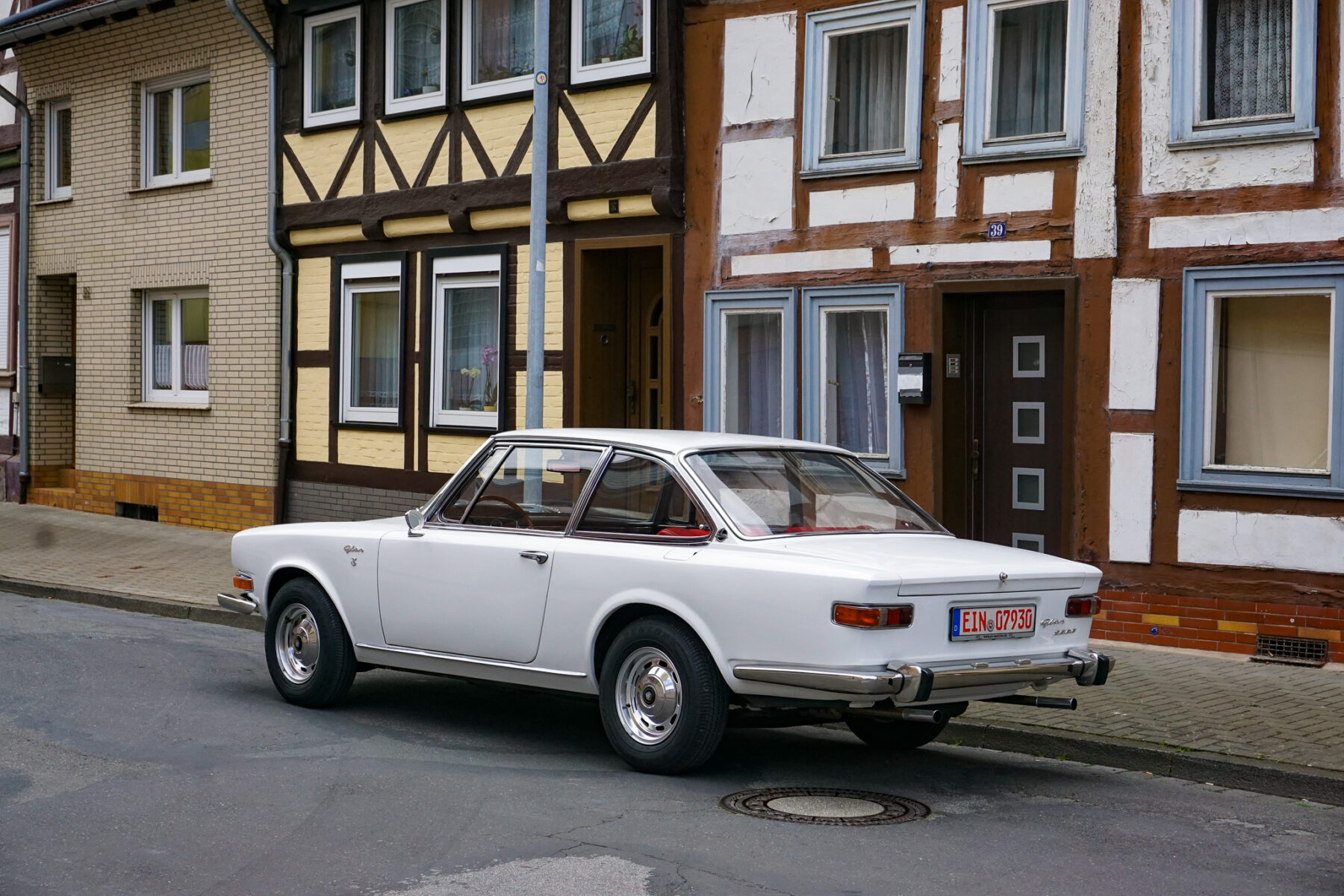
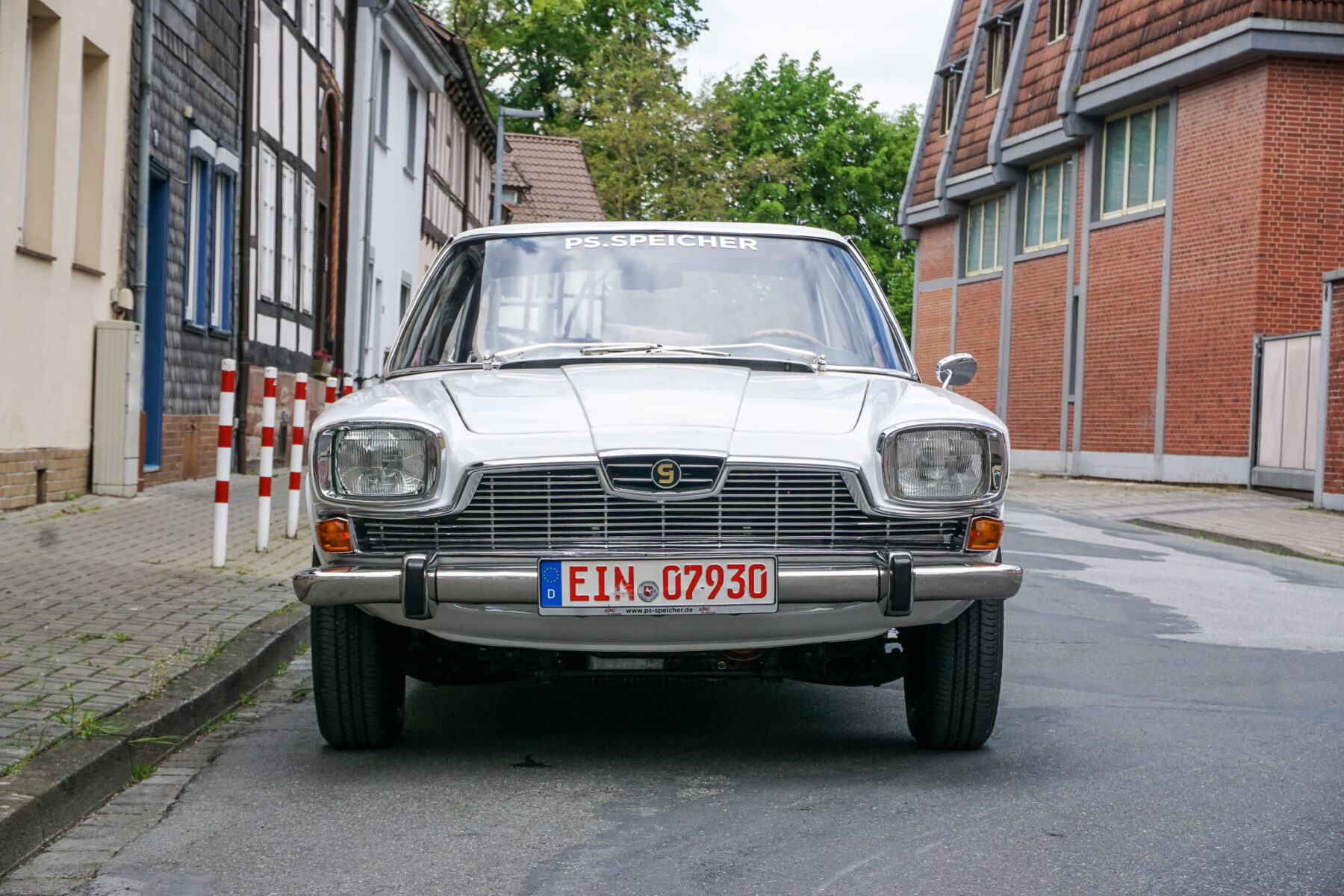
This car is from the lovely PS.Speicher Museum in Einbeck/Germany www.ps-speicher.de
See my whole video about the Glas 2600 V8 now on YouTube. Comment, like, share, subscribe.


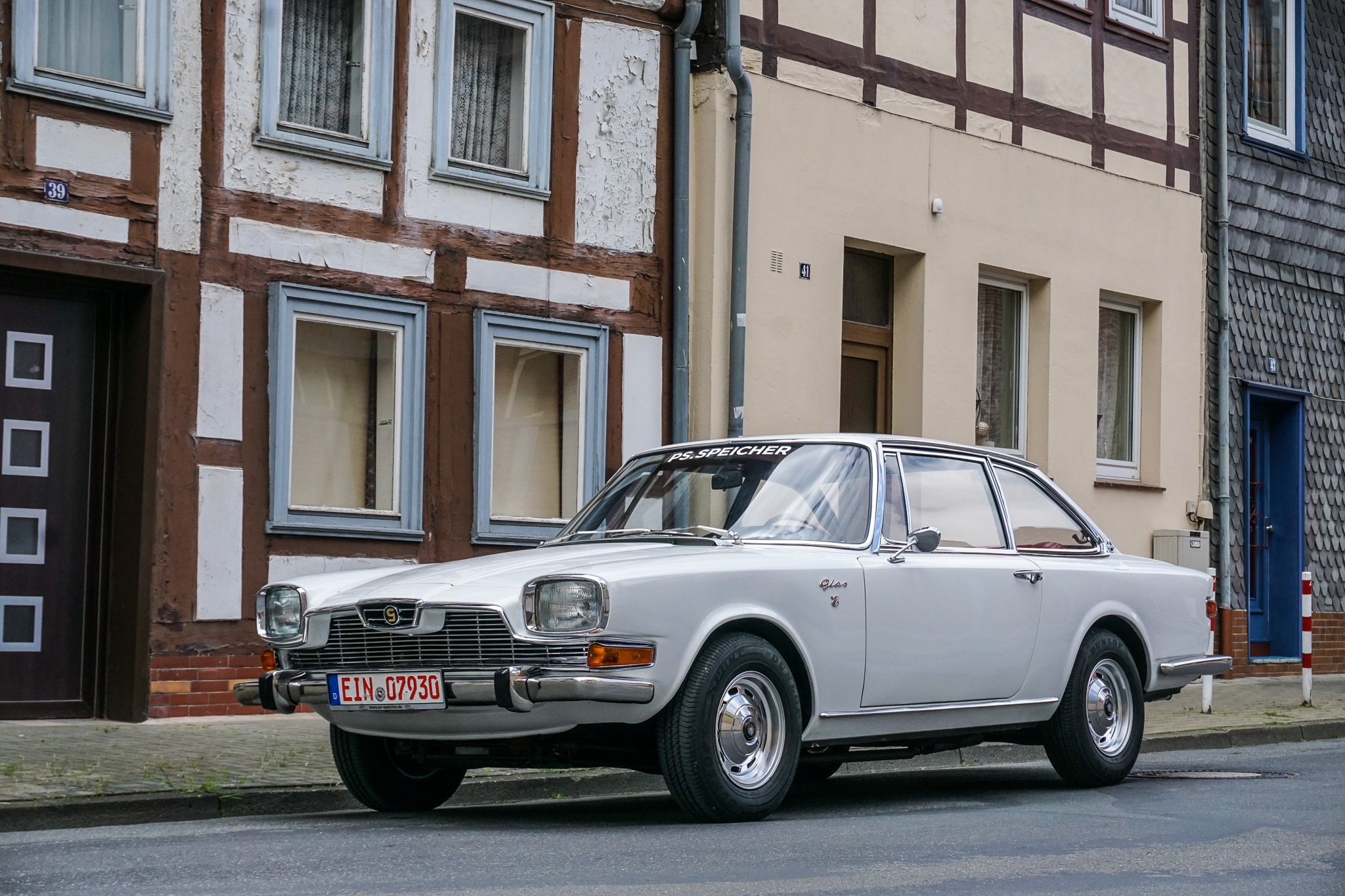

Only Fans is in the making. Literally great content!
A website? So I have to follow you on IG, TikTok, Youtube and here.. please don’t tell me you have…
Absolutely, but when I look at all the Pike-Cars, the Pao remains my abolute favourite :)
The Nissan S-Cargo was also quite a neat design from the 90s. 😊